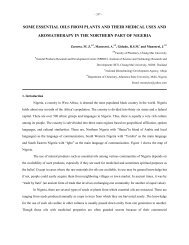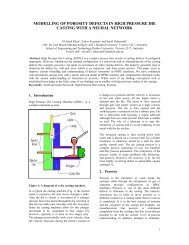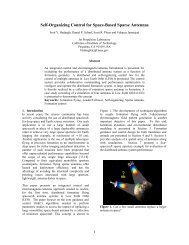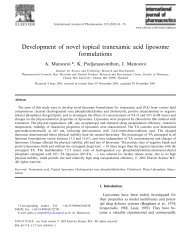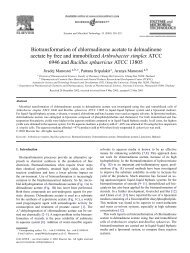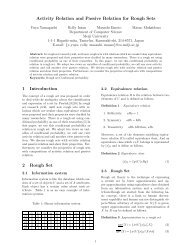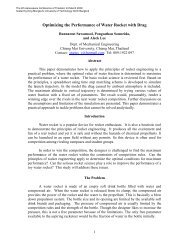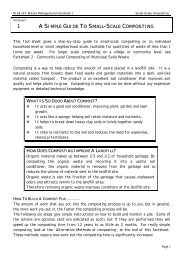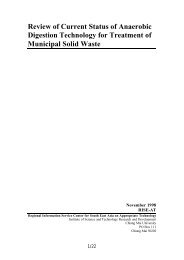COMMUNITY LEVEL COMPOSTING OF MUNICIPAL SOLID WASTE
COMMUNITY LEVEL COMPOSTING OF MUNICIPAL SOLID WASTE
COMMUNITY LEVEL COMPOSTING OF MUNICIPAL SOLID WASTE
Create successful ePaper yourself
Turn your PDF publications into a flip-book with our unique Google optimized e-Paper software.
RISE-AT Waste Management Factsheet 2<br />
Community Level Composting of Municipal Solid Waste<br />
MARKET DEVELOPMENT<br />
It has been found in many areas where composting has become part of the msw system,<br />
that active development of the compost market is essential. Government/Local Authority<br />
action to stimualte the market can include:<br />
♦ Use of the compost in all public works projects, including some high profile projects in<br />
parks and gardens.<br />
♦ Giving compost away free to garden centres and businesses.<br />
♦ Require that nurseries that supply plants to government funded projects use the<br />
compost.<br />
♦ Removing or modifying subsidies on chemical fertilizers that compete with the compost.<br />
Once you know how much you can sell the compost for and how much you are likely to be<br />
able to sell, you can use this information to estimate the income from the composting<br />
facility. This needs to be considered and compared to the expenditure and operating costs<br />
when designing the plant. Experience has shown that many plants using high cost<br />
machinery fail, as construction and operating costs exceed the revenue received from the<br />
sale of the compost. If the primary purpose of the composting facility is to reduce the<br />
amount of waste sent to a landfill, it may be possible to justify the composting facility<br />
that does not make a profit but covers the costs of producing the compost and breaks<br />
even.<br />
It is also important to note that during the composting process the organic waste will<br />
reduce in weight by up to 50%, so 2 tons of organic waste will produce 1 ton of compost.<br />
2 – CALCULATE THE REQUIRED SIZE FOR THE PLANT<br />
The next thing to consider is how much waste the community produces and how much of<br />
this will be composted. This can be used to calculate how many tons of waste per day the<br />
facility will receive.<br />
Consider the size of the community now and also the potential for growth over the next<br />
few years. A life-span of 8-10 years is a good basis for the calculation. Ideally the chosen<br />
site for the facility should have the area to expand as the amount of waste produced by<br />
the community increases.<br />
HOW MUCH <strong>OF</strong> THE <strong>WASTE</strong> IS ORGANIC <strong>WASTE</strong> THAT CAN BE COMPOSTED<br />
The following list gives an idea of the types of materials that can be used.<br />
• DRIED BROWN GRASS<br />
• STRAW<br />
• PRUNINGS AND CUTTINGS<br />
• DRY LEAVES<br />
• HAIR<br />
• CARDBOARD/PAPER<br />
• SAWDUST<br />
Page 3



